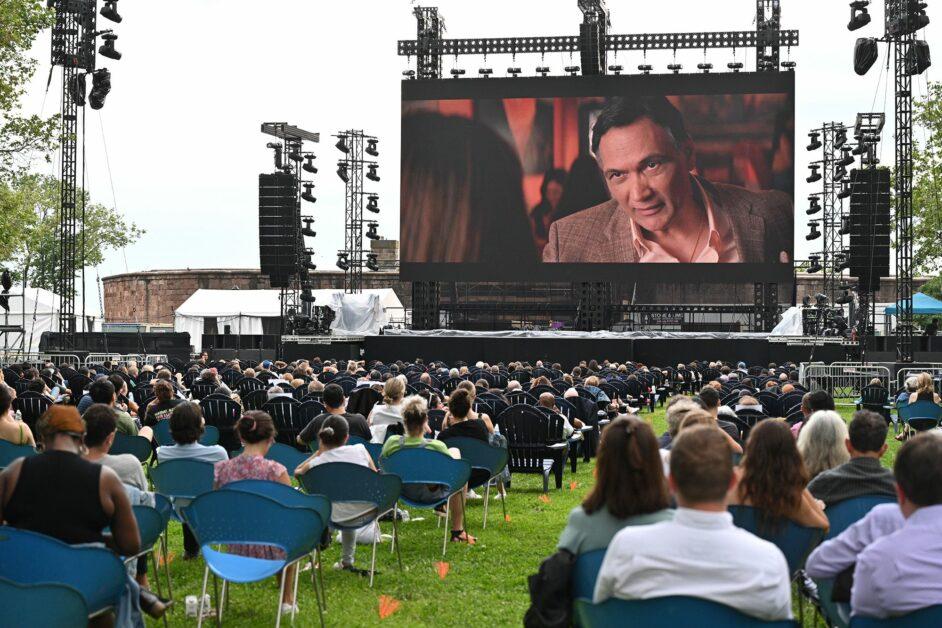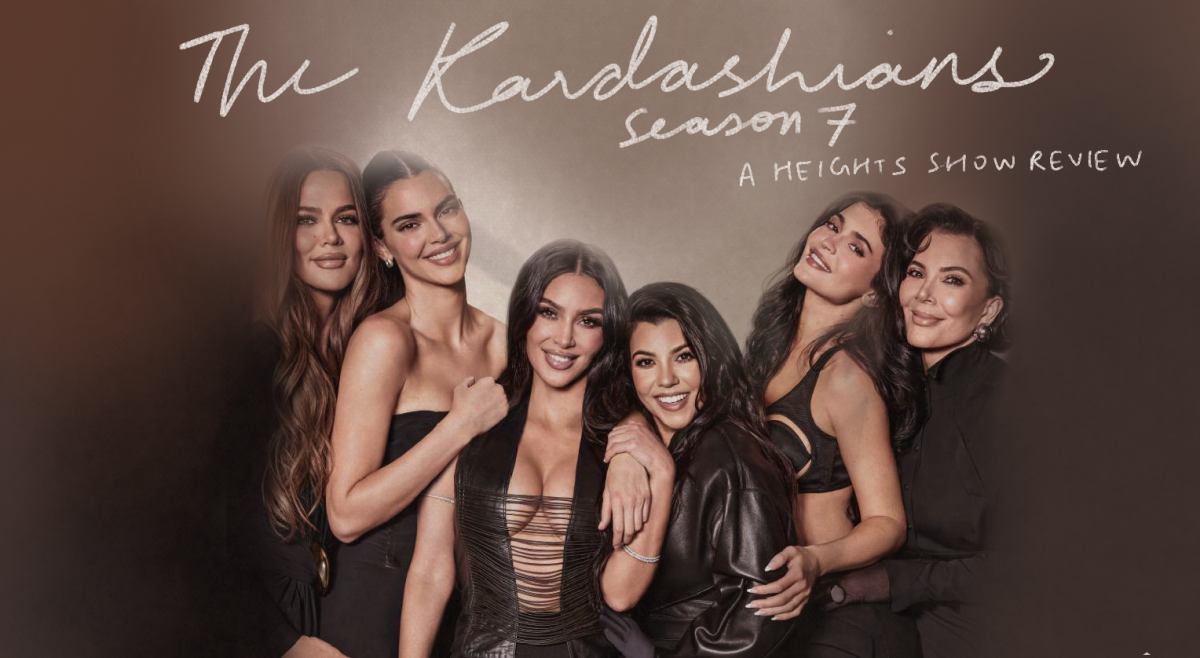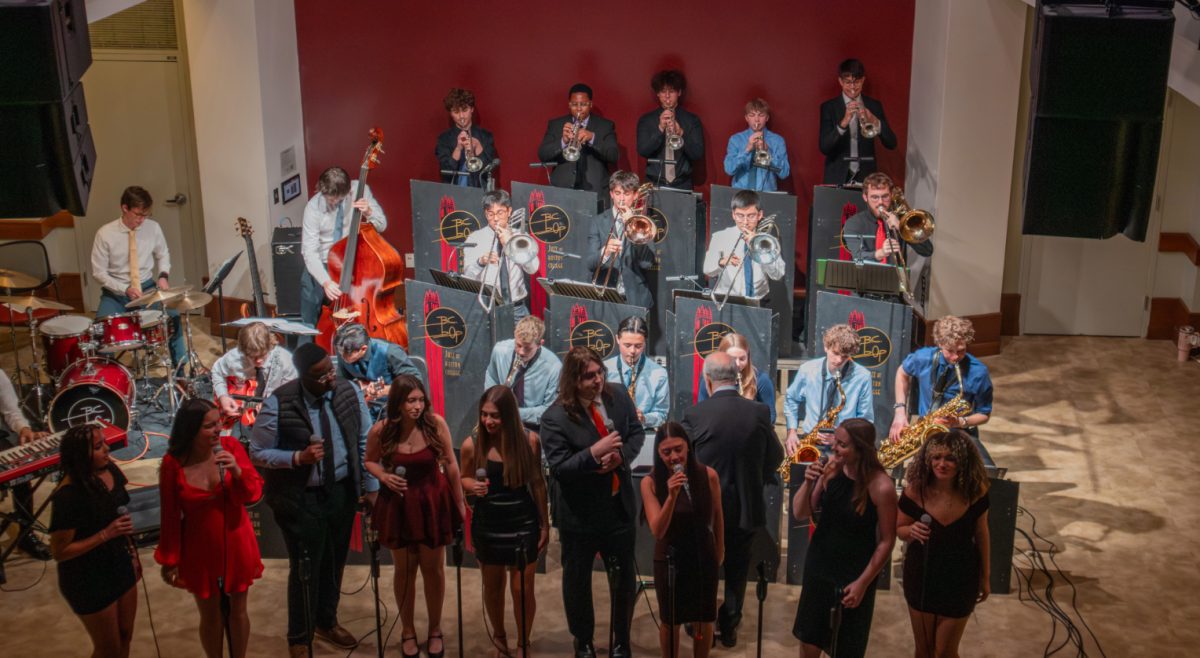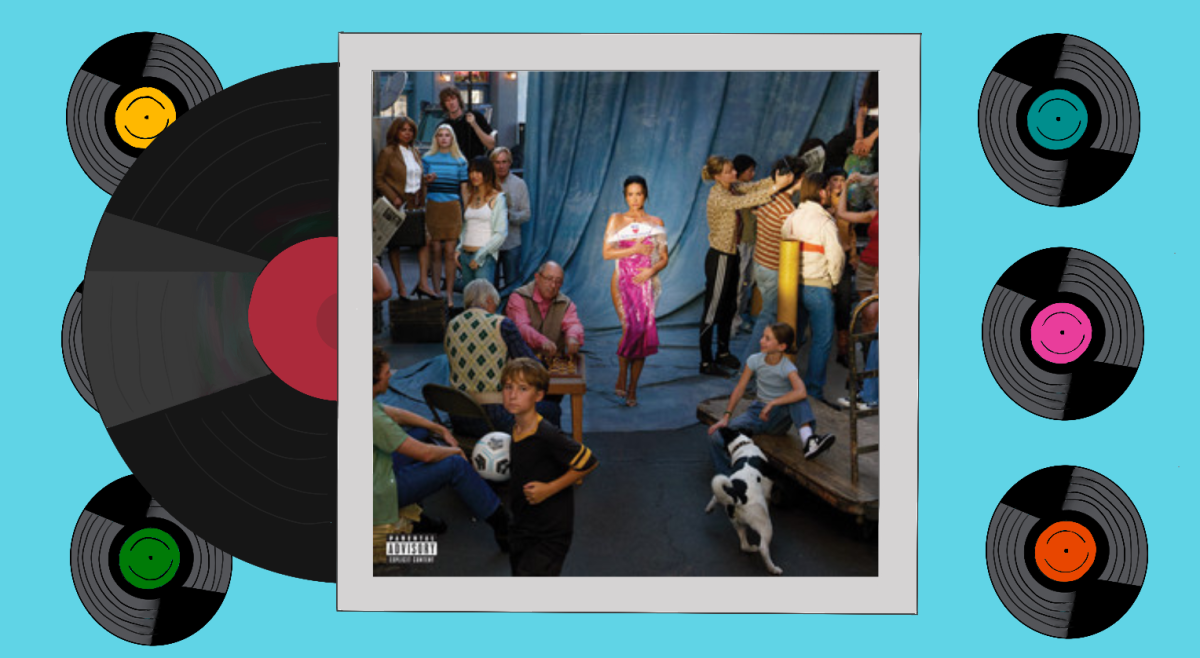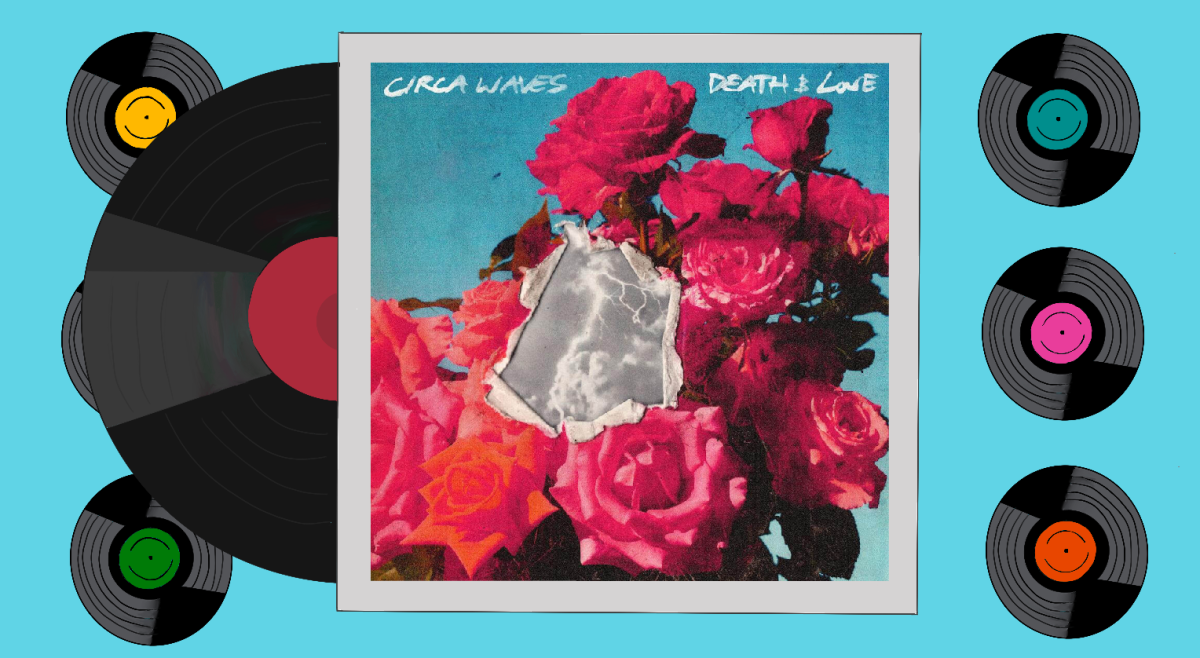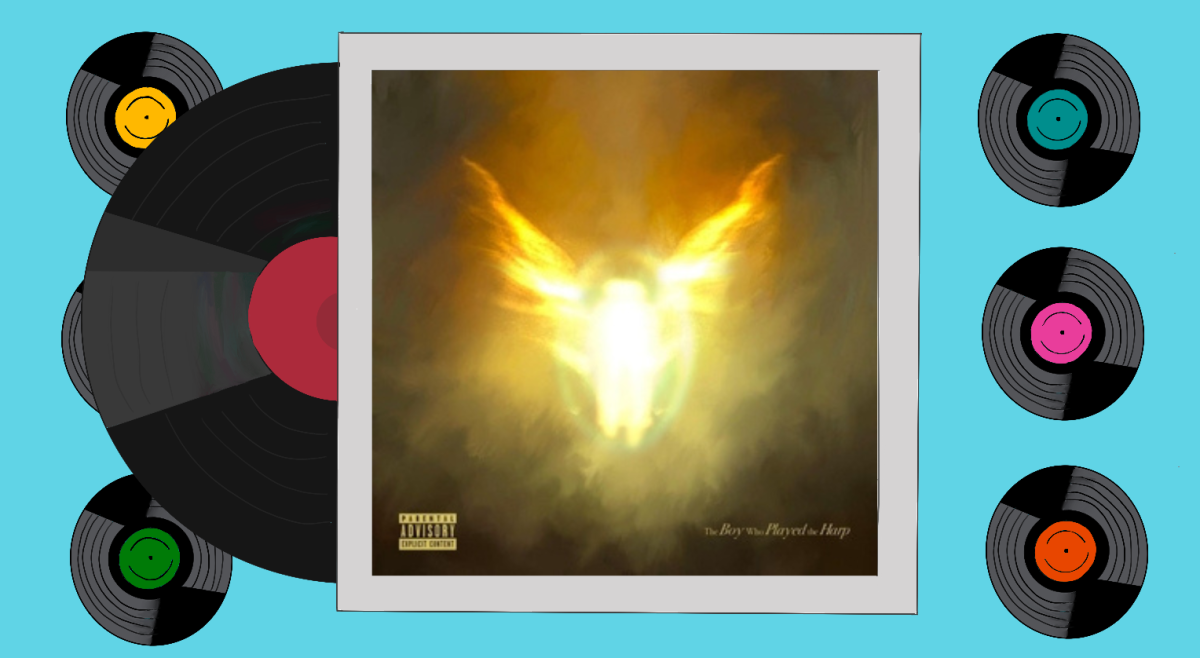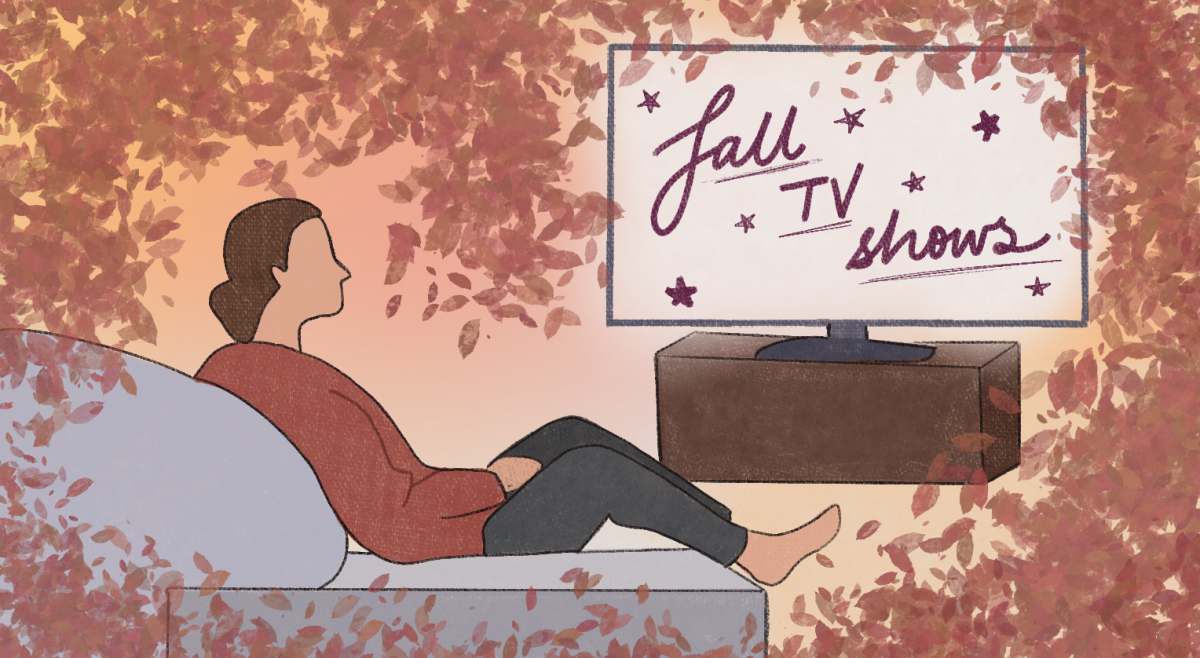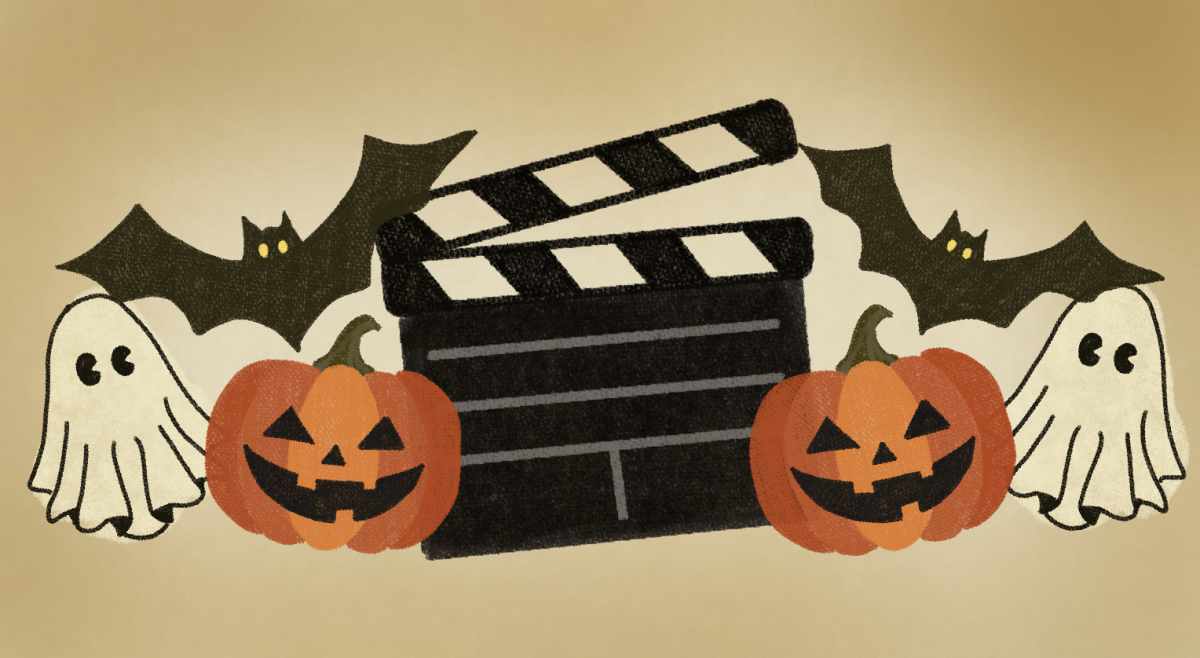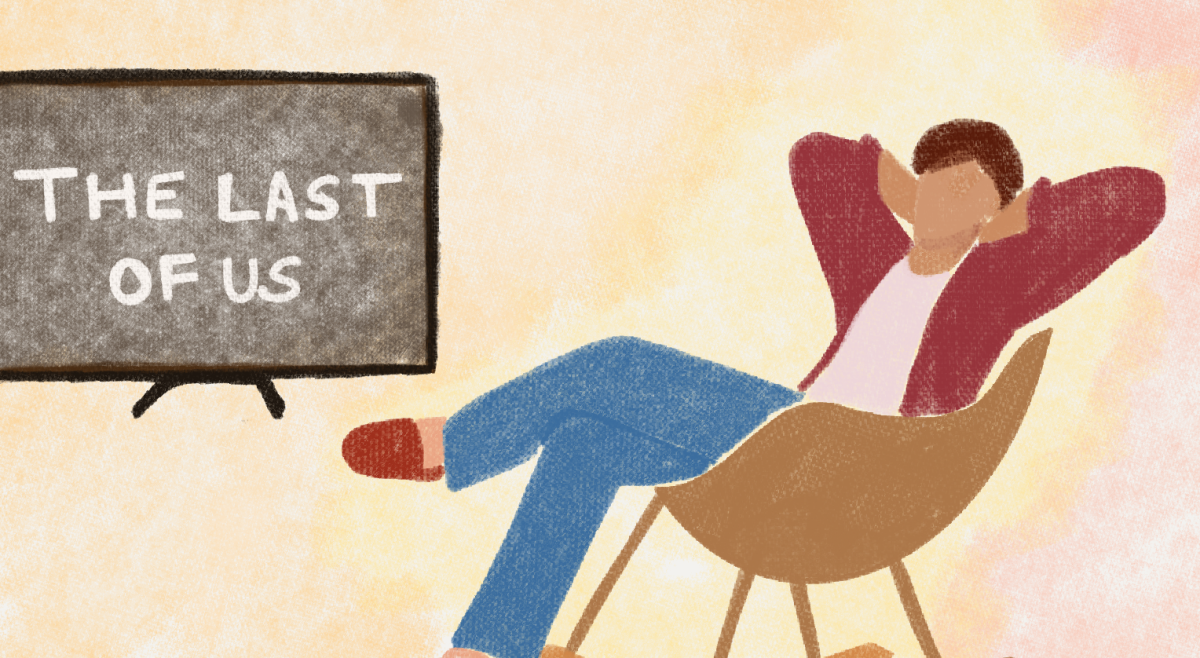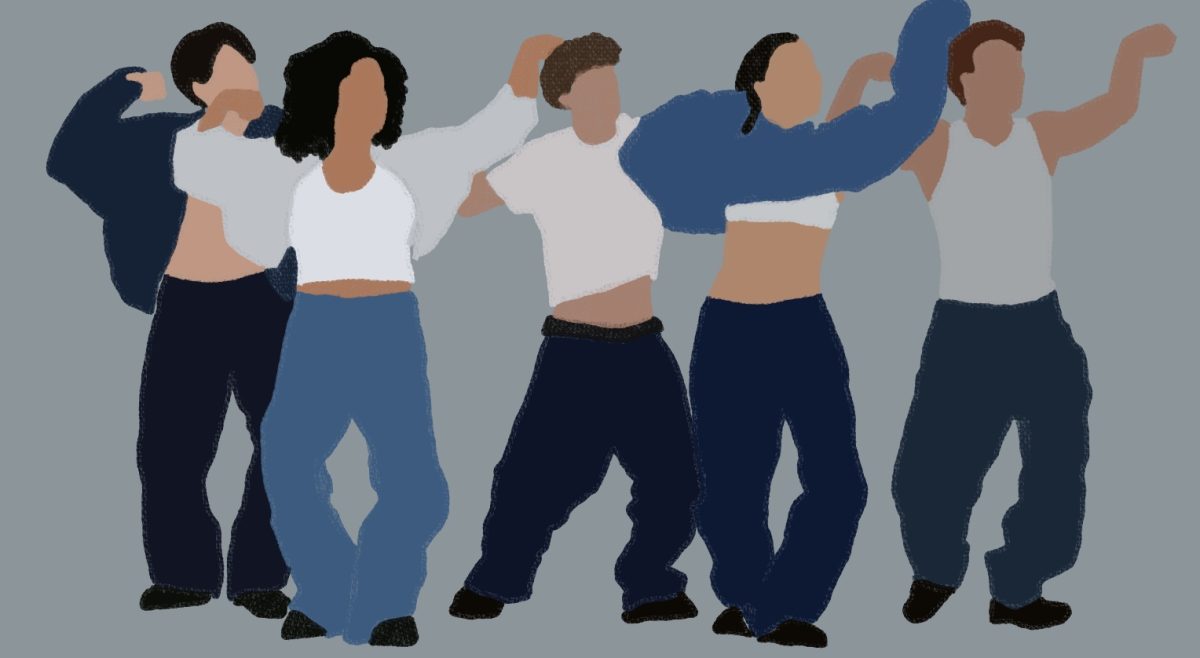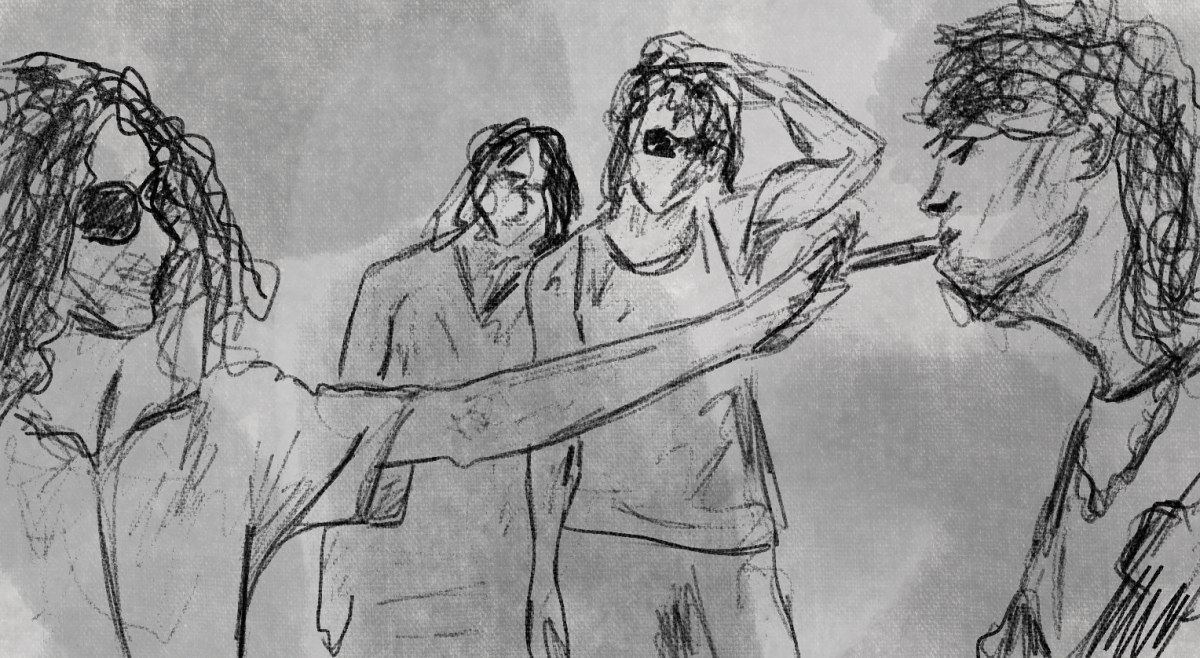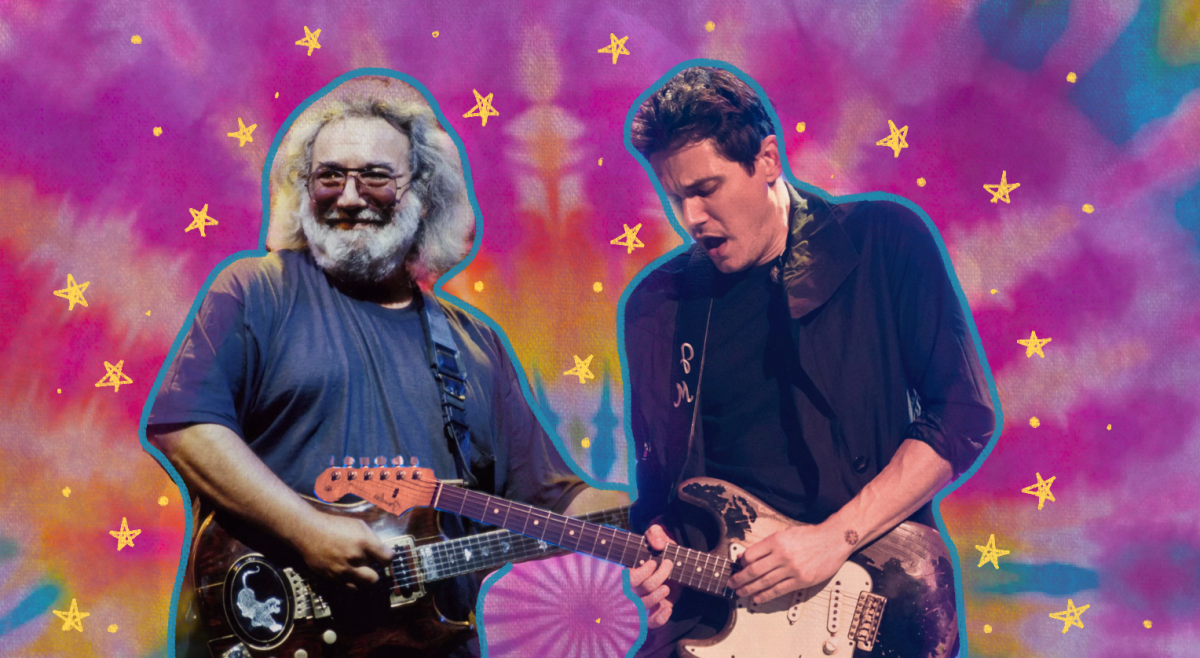After adapting to a virtual setting due to the COVID-19 pandemic last summer, the Tribeca Film Festival returned to its in-person format a few weeks ago, looking to introduce giddy audiences to ambitious filmmakers in a city in which culture and folklore stagnated 15 months ago. Showing films approved by the festival from both this year and the previous year, the festival expanded its venue—likely to accommodate for the additional film screenings and for social distancing—by constructing several outdoor community screenings across New York’s five boroughs. The result was both a festival that was safe and easy to attend, but also a clear indicator that despite the COVID-19 pandemic, the resilient city has recovered.
I had the opportunity to attend a couple of the festival’s screenings at Hudson Yards. The significance of returning to in-person screenings cannot be overstated, as I am sure that watching these premieres with a responsive crowd enhanced my experience. The Vessel, a giant honeycomb structure that has become a popular tourist destination, created a beautiful setting for the festival’s massive projector that although does not replicate a movie theater, still gave attendees an opportunity to be engrossed by a movie once again.
The festival set up lawn chairs within the velvet rope for cast, crew, press and audience, and benches around Hudson Yards allowed for tourists to take a moment to notice what was playing, presenting the festival as inviting rather than high-brow, inclusive rather than exclusive. At the end audiences could ask direct questions, or by email, to any directors, writers, producers and actors present—stripping back the festival’s exclusive nature, and instead, sticking to simply making sure people could come together to watch movies.
Sitting at home it’s too easy to pause the movie and immediately prevent yourself from being immersed by what is in front of you—part of the point of watching a movie is the experience that surrounds it. The festival is a reminder of the universal transaction between a director and an audience, but viewers are rewarded with this riveting experience only if they sacrifice some time and attention.
The first film I saw was the world premiere of The Kids, an intimate documentary surrounding some of the stars of the cult-indie hit Kids, released in 1995. The original film served as a semi-documentary itself, depicting average teens who lived in New York in the mid-90s consuming drugs and engaging in sexually lewd behavior, many of whom were cast after director Larry Clark witnessed them skateboarding around Manhattan. Meanwhile, “the kids” were forgotten in New York after the success of their film, and their more-than-25-year journey left to be told in the documentary. Overall, The Kids really holds audiences tightly by presenting what it really was like to grow up in New York in the 1990s and how achieving a sort of pseudo-overnight stardom can feed into a teen’s ego.
The second film I saw was another documentary titled Not Going Quietly, which follows lawyer and political activist Ady Barkan as he travels across the country advocating for widespread health care reform, both before and after being diagnosed with ALS at 32 years old. While Barkan serves as a reminder of how passionate citizens can take action when frustrated with politics, the film is about the power behind surrounding oneself with loving friends and family despite possible setbacks. Selected as an entry in the 2020 festival, the film is one of many that were postponed to receive an in-person premiere more than a year after its original release, allowing for the filmmakers’ hard work to be rewarded by a public screening.
The festival is not only a reminder of the fun behind the communal experience of watching movies, but also how festivals continue to ensure that independent voices will continue to be heard, as festivals like Tribeca debut indie movie releases and smaller-budgeted films that may not have been picked up by a larger audience without the festivals. Even after a one-year absence, Tribeca showcased the best of these voices over the last two years, responding to a year filled with worry and simultaneously demonstrating the city and cinema’s resilience.
Photo Courtesy of Tribeca Film Festival

